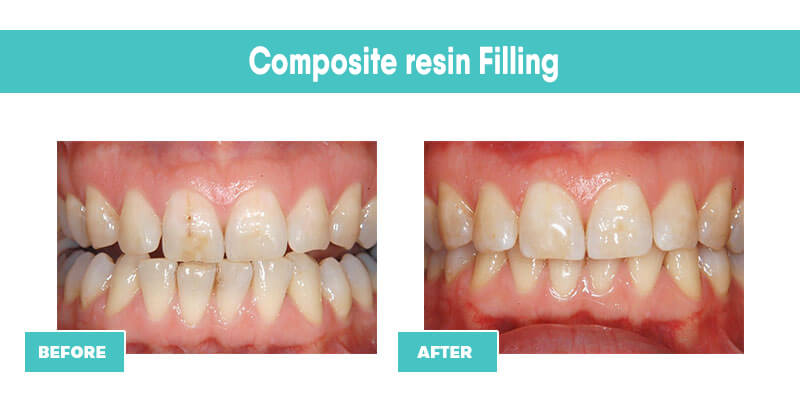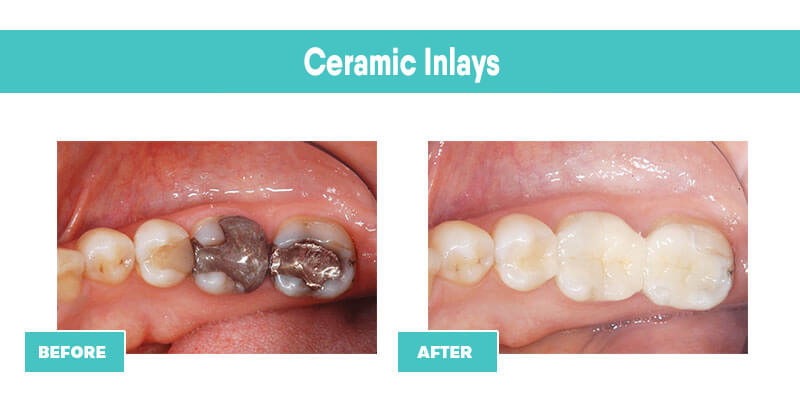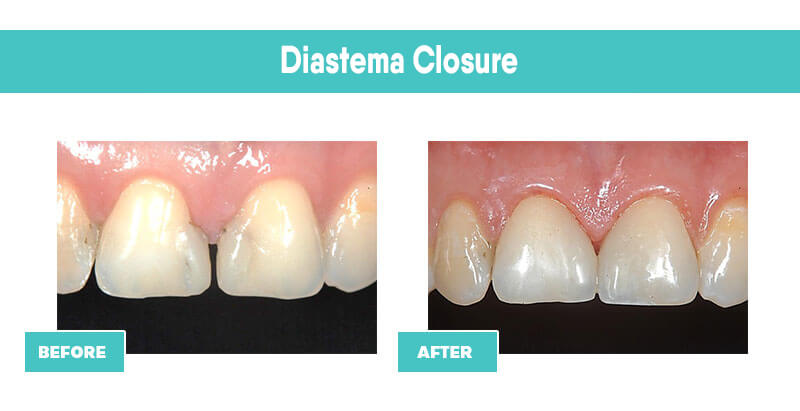General Dentistry – Dental Filling

 Dental Filling
Dental Filling
Dental filling is a treatment to restore the function and morphology of structural loss of tooth that results from dental caries or tooth wear. The dentist will remove the decayed portion of the tooth and then build up the tooth with the restorative materials. Before treament, the dentist will examine your tooth and take X-rays in order to diagnose the cause of your problem.
- If the tooth has advanced decay and reached the pulp that it cannot be repaired by normal filling, to be a safe procedure, root canals are recommended or the dentist may have to take the tooth out.
- If a cavity is large and the remaining tooth may not be able to support enough filling material to repair it. In this case, the dentist will remove the decay and cover the tooth with a ceramic or gold inlay / onlay or artificial crown. These may be made in a laboratory and then cemented into place.
Type of Dental Filling Materials
Amalgam
is resistant to wear and relatively inexpensive. However, due to their dark color, amalgam is mainly used for posterior teeth and is not usually used in very visible areas.
Composite resins
are tooth-colored filling material now strong and therefore used where a natural appearance is desired. Nowadays, composite resins are durable enough to be considered a significantly better choice for fillings in back teeth than amalgam. However, to prevent fracture, avoid direct biting into the following foods such as nuts, ribs, ice and apple with front teeth. This can also put added stress on teeth and could result in a chipping or fracture.
Porcelain fillings (Inlays, Onlays)
are the material for teeth with large cavities or cavities in areas where maximum chewing pressure is required. Porcelain fillings are much stronger, extremely beautiful for the ultimate cosmetic result, highly resistant to staining and more reliable than composite resin filling. Porcelain fillings can be referred to as ceramic inlays or onlays and cannot be stacked into the tooth during first-visit dental appointment. It must be made in a laboratory and bonded into the tooth in the next visit.
Gold fillings (Inlays, Onlays)
are not as commonly used due to gold is not the best choice for a front tooth and may not be pleasing to patient even in the back teeth. However, gold is extremely durable and has the least reactivity of all the metals in the mouth. Gold fillings can be referred to as gold inlays or onlays and cannot be stacked into the tooth during first-visit dental appointment . It must be made in a laboratory and bonded into the tooth in the next visit.


